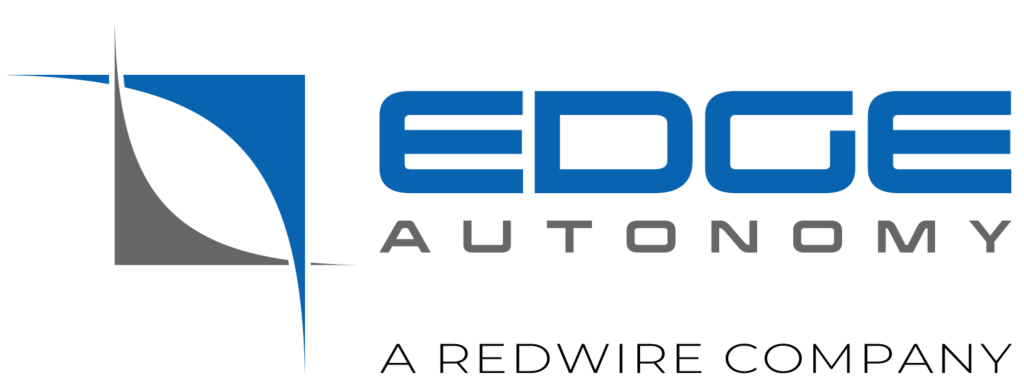Performer Series systems are designed to integrate easily with wind, solar, rechargeable batteries and other technologies to create a hybrid clean energy solution. Here’s how.
Our Performer Series SOFC are highly durable battery chargers that run on propane and offer reliable power for periods of high load and low wind or solar resource. This is a common application for our customers in colder climates, such as Alaska or northern Canada, that rely heavily on alternative energy sources.
While other technologies — like diesel generators or direct methanol fuel cells — can fail in cold weather, Performer Series SOFC are engineered to store, start and operate in temperatures from -40°C to 50°C. They produce no liquid water and are constructed of heat-resistant ceramic tubes that will not freeze. That’s why they excel in colder locations.
The patented microtubular stack design allows for redundancy, ensuring the system will power the load no matter what. This unique design also yields a highly durable, lightweight product that is easy to transport and has a small footprint. This is important when space is a consideration, such as on a solar trailer.
The SOFC undergo rigorous vibration testing to simulate how they might react to being transported in a truck, placed on a trailer or operated beside a railroad. They have been proven – in the lab and in the field – to withstand a high degree of vibration, making them ideal for a range of applications.
With a fuel consumption of .25lb of propane per hour, efficiency is a powerful benefit. A 20-lb propane tank can offer 80 hours of runtime, providing plenty of time to schedule a refueling site visit. Plus, propane is cleaner than diesel and more accessible than hydrogen.
Key Benefits of SOFC When Paired With Wind or Solar:
- Unlike batteries, SOFC are lightweight, easy to transport and can store more power in propane.
- Smaller trailers can be used, as SOFC reduce the number of solar panels and/or batteries required.
- Site visits can be as few as one per year, due to the low maintenance needs and high fuel efficiency of SOFC.
- System performance can be monitored from anywhere because SOFC have flexible communications that can integrate with third-party systems.

